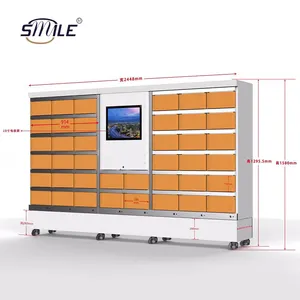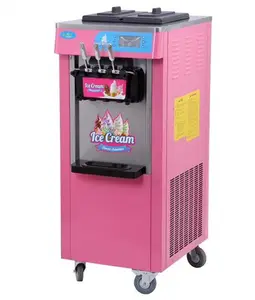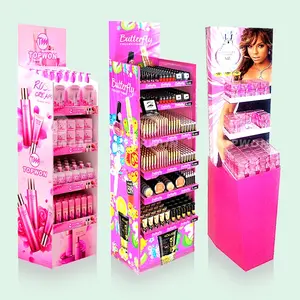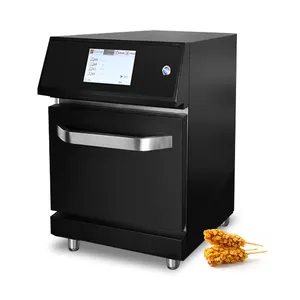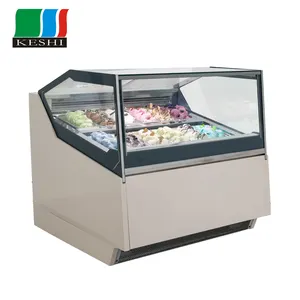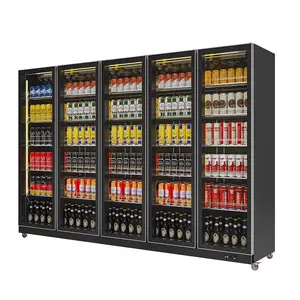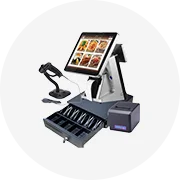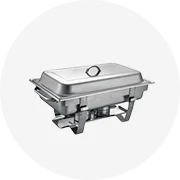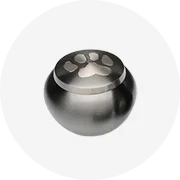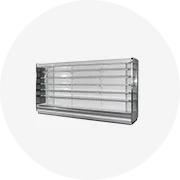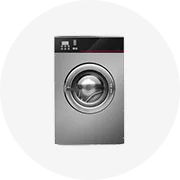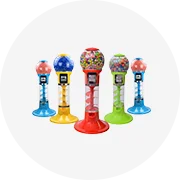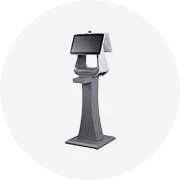Popular in your industry































































Related Searches:























































































































Top categories
About hot pot restaurant equipment
The quintessential hot pot restaurant equipment includes an array of implements and devices crafted to support the distinctive culinary techniques and service associated with hot pot dining. These tools are customized for the demands of commercial environments like eateries, catering operations, and hospitality establishments, ensuring that hot pot meals are prepared and savored with both efficiency and cultural authenticity at the forefront.
Types and Design Styles of Hot Pot Restaurant Equipment
Hot pot restaurant equipment comes in a broad spectrum of types and designs, tailored to the varied tastes of eateries and their patrons. Induction hot pots are lauded for their precise temperature management and are preferred for their contemporary look and safety attributes. Conversely, traditional charcoal hot pots are cherished for imparting a genuine flavor. Portable gas hot pots offer flexibility and ease for al fresco or tableside dining settings. Each variant presents distinct features, such as the rapid heating capability of induction units and the smoky essence imparted by charcoal, which can be pivotal for establishments seeking to deliver a specific gastronomic ambiance.
Structure and Operation of Hot Pot Equipment
The hot pot restaurant equipment consists of multiple integral parts that function collectively. An induction hot pot system, for example, incorporates an induction coil that creates a magnetic field, directly warming the pot sans open flame. In contrast, charcoal hot pots are equipped with a grate and an air control mechanism to regulate the burning of charcoal. Gas hot pots come with a burner and knobs to adjust the flame. The synergy of these elements ensures the apparatus operates effectively, maintaining consistent heat distribution and ideal cooking conditions.
Materials and Their Properties in Hot Pot Equipment
The materials chosen for hot pot restaurant equipment are prized for their heat conductivity, robustness, and compliance with food safety standards. Stainless steel is commonly selected for its anti-corrosive properties and ease of sanitation, serving as a popular material for both the vessels and their structural components. Cast iron is favored for its excellent heat retention, aiding in maintaining steady cooking temperatures. Aluminum, being both light and a superior conductor of heat, is optimal for swift temperature rises. The material selection not only influences the culinary process but also impacts the equipment's durability and visual appeal.
Business Usages and Applications
Hot pot restaurant equipment plays a vital role in a variety of business contexts, ranging from classic hot pot establishments to contemporary dining concepts. In a beverage factory, for instance, precise temperature regulation is essential for the brewing process, while snack food manufacturers value the equipment for its ability to heat rapidly and evenly, thus preserving production efficacy. The versatility of the equipment also extends to meat processing facilities and professional catering services, where it can be utilized for boiling, stewing, and braising, thereby enriching the culinary process and augmenting the flavors of the dishes.
Functions and Tasks of Hot Pot Equipment
The primary purpose of hot pot restaurant equipment is to heat and sustain the temperature of both broth and ingredients. Sophisticated models may feature timers, variable heat options, and even automated dispensers for ingredients to simplify the cooking experience. The design of the equipment allows it to undertake a variety of tasks, from gently simmering delicate broths to robustly boiling hearty meats and vegetables, ensuring that every element of the hot pot dish is brought to its culinary zenith.
Features and Unique Selling Points
Notable attributes of hot pot restaurant equipment include designs that prioritize energy conservation, multi-zone heating capabilities, and interfaces that are intuitive for the user. Certain models boast integration with smart technology, enabling remote oversight and manipulation—a distinctive selling point for businesses aiming to refine their operations. Safety mechanisms such as automatic shut-off and protection against overheating are also key selling points, especially in bustling commercial kitchens where safety is of utmost importance.
Benefits and Positive Outcomes
Employing hot pot restaurant equipment yields a plethora of advantages, including heightened energy efficiency, diminished cooking durations, and superior food quality. For restaurateurs, this equates to reduced operational expenditures and elevated patron contentment. Additionally, the equipment fosters a more participatory dining experience, allowing guests to immerse themselves in the cooking process, thereby enhancing the allure of the hot pot dining tradition.
How to Use and Operate Hot Pot Equipment Effectively
To operate hot pot restaurant equipment proficiently, one must grasp the specific functionalities and adjustments of each model. With induction hot pots, it's crucial to employ compatible cookware and acquaint oneself with the temperature controls for various ingredients. For charcoal and gas hot pots, mastering the heat source is essential—ensuring the charcoal is adequately ignited and the gas flame is modulated to the correct intensity for cooking.
How to Choose the Right Hot Pot Equipment for Your Business
Selecting the appropriate hot pot restaurant equipment necessitates evaluating your business's scale, menu offerings, and customer predilections. For high-turnover establishments, devices that heat swiftly and are simple to cleanse may be preferable. For venues that emphasize traditional fare, charcoal hot pots might be more fitting. The available space and the configuration of the dining area should also be taken into account when choosing the equipment.
How to Clean and Maintain Hot Pot Equipment
Consistent cleaning and upkeep are imperative for the longevity of hot pot restaurant equipment. Induction and gas hot pots require daily cleansing to avert accumulation, while charcoal hot pots might need more comprehensive cleaning to eliminate ash and debris. Preventive maintenance, such as inspecting for wear and ensuring electrical connections are secure, will help circumvent operational interruptions and prolong the lifespan of the equipment.
How to Install Hot Pot Equipment Safely and Efficiently
Installation of hot pot restaurant equipment must always adhere to the manufacturer's guidelines and local safety standards. For electric and induction models, it is critical to verify that the power supply is compatible with the equipment's specifications. For gas models, proper linkage to the gas supply and leak checks are imperative. Adequate ventilation is also a crucial factor, particularly for charcoal and gas hot pots.
What are the core components of hot pot restaurant equipment?
The core components of hot pot restaurant equipment encompass motors for induction cookers, PLC systems for automated temperature regulation, and sturdy bearings and gears for apparatus with moving parts. High-caliber pumps and pressure vessels are also essential for certain hot pot devices, guaranteeing consistent operation and dependability in a commercial milieu.
What should I consider when installing hot pot equipment?
When setting up hot pot restaurant equipment, it is important to consider the spatial arrangement of your kitchen or dining space to ensure an efficient workflow and comfort for patrons. All electrical installations should comply with local safety codes, and there should be sufficient ventilation for heat-generating equipment. Proper training for staff on the equipment's use is also crucial to prevent mishaps and guarantee a smooth dining experience for customers.
Are there eco-friendly options for hot pot restaurant equipment?
Indeed, eco-friendly alternatives for hot pot restaurant equipment are available, focusing on energy conservation and a reduced ecological footprint. These options often feature low power consumption, recyclable components, and certifications that vouch for their environmentally considerate design. Opting for such equipment can assist restaurants in minimizing their carbon footprint while still delivering top-notch hot pot cuisine.
